Thousands of conductive circuit arrays are self-assembled in just one minute by utilizing the coffee ring effect.


Thousands of conductive circuit arrays are self-assembled in just one minute by utilizing the coffee ring effect.

Researchers from Singapore, China and USA have recently reported in Advanced Materials the first example of a TENG-based self-powered iDDS, and demonstrate its functionality in ocular drug delivery.

Learn about the development solid proton conductive materials by water adsorption to glassy bicontinuous cubic liquid crystals.
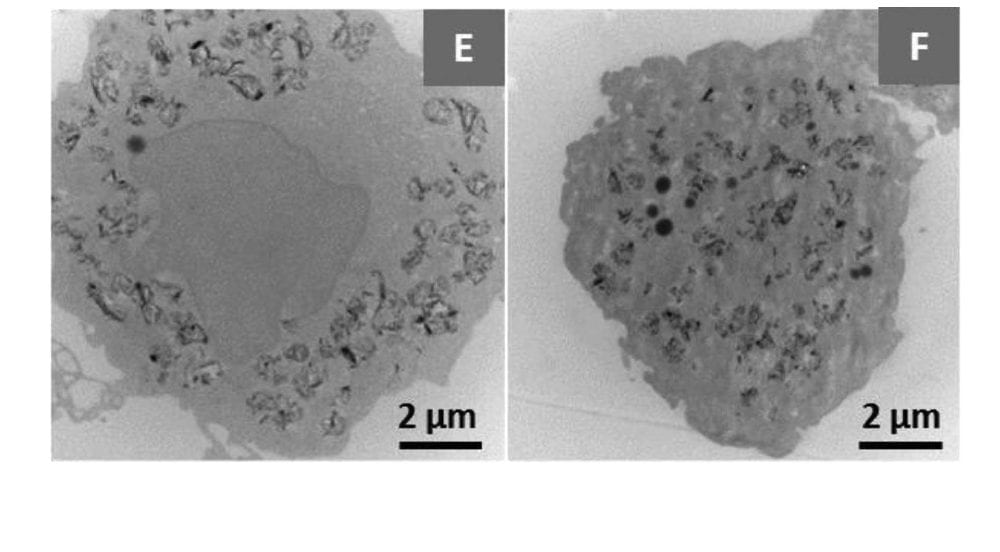
Biodegradability and biocompatibility studies show minimal cytotoxicity, particularly for covalently functionalized MoS2 nanosheets.
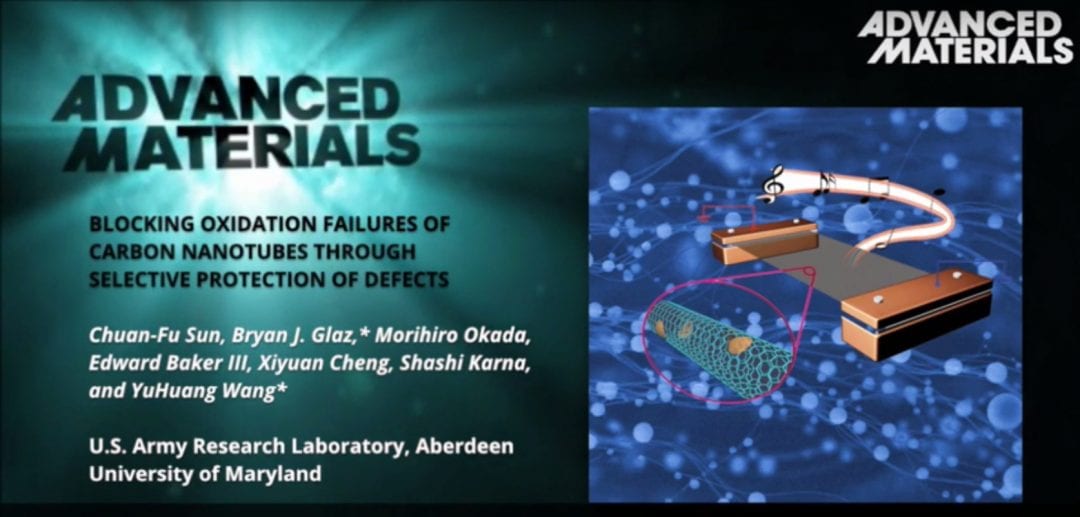
Learn about how to block oxidation failure in carbon nanotubes for application in thermoacoustic devices.
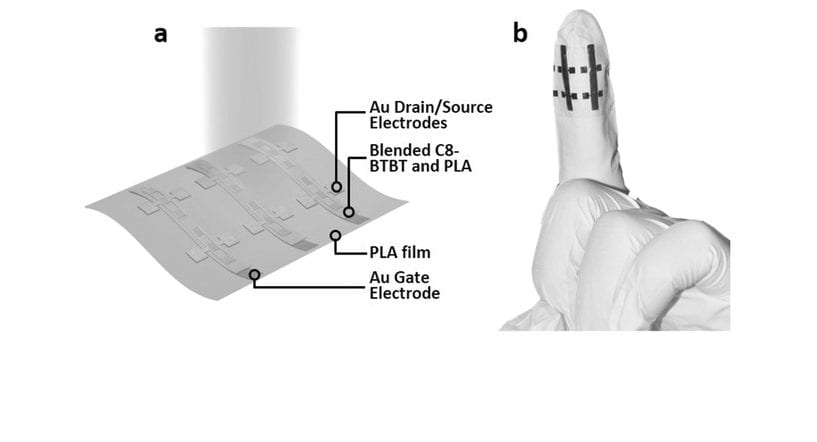
Printable and flexible organic phototransistors with high performance by blending common organic semiconductors with biocompatible polymers.
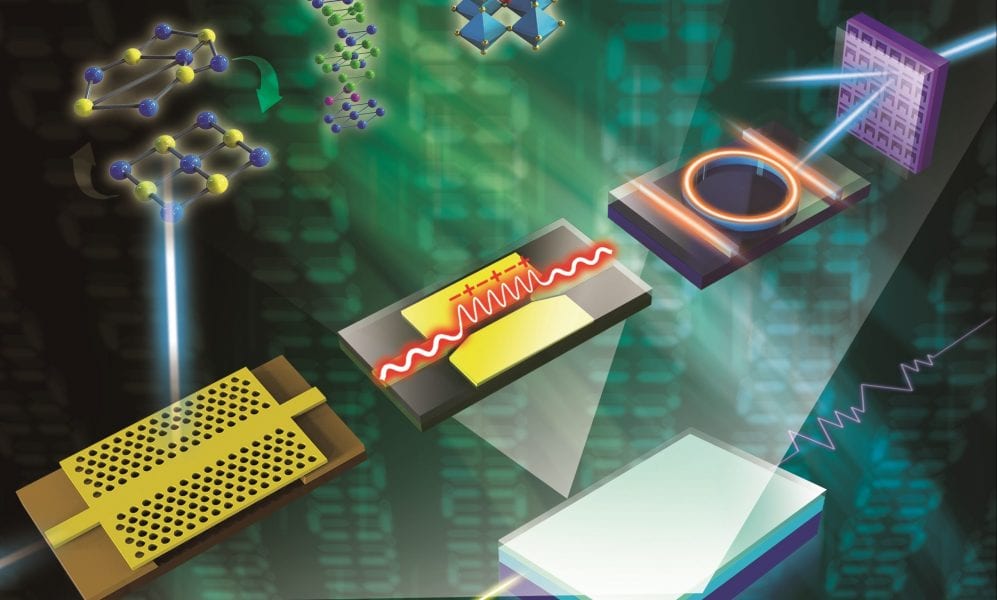
The month’s top articles from the field of nanooptics, optoelectronics, metamaterials, optical devices, detectors & sensors, micro/nano resonators and more.
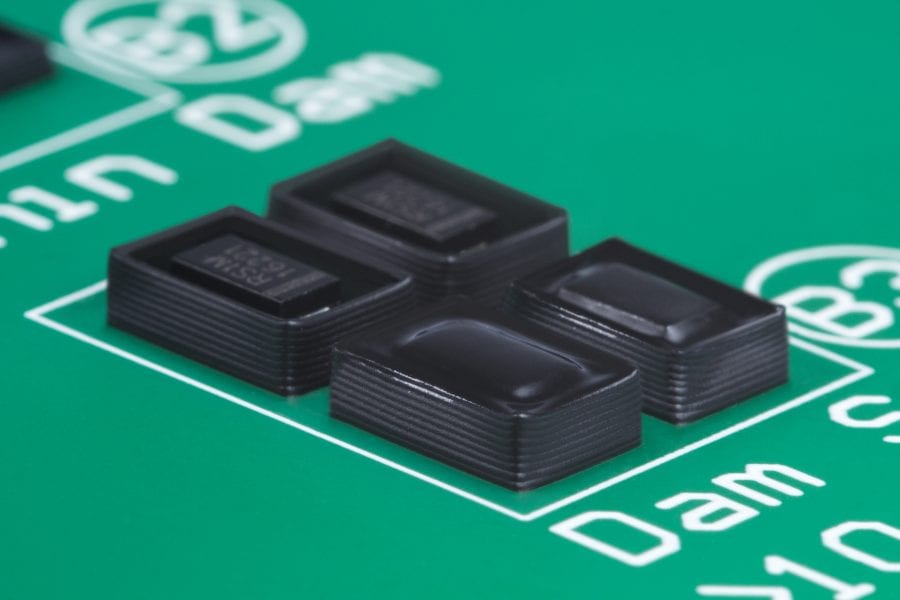
Delo has introduced a new electronic adhesive with several very interesting material properties.

Organic field-effect transistors (OFETs) use voltage to control the flow of current in an electronic circuit. The channel connecting the source and drain is, in this case, made of an organic semiconductor. Improvements in performance of OFETs, in particular their...

Researchers demonstrate that a nanometer thin fullerene interfacial layer can effectively improve the organic-metal oxide heterojunction of inverted OPV cells.